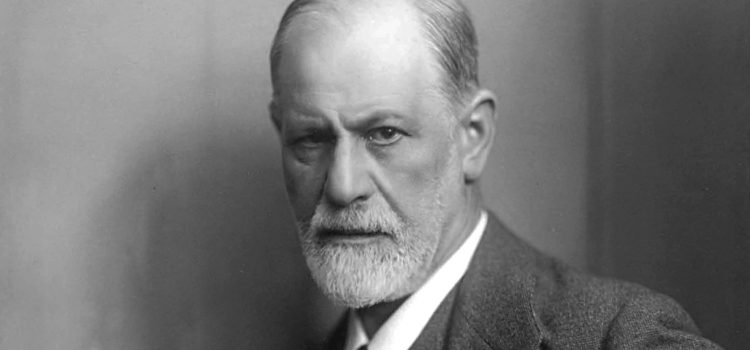
How much of your thinking happens without your awareness? What invisible forces might be guiding your decisions and perceptions right now?
The human brain processes information in ways that largely escape our conscious notice. Science writer Leonard Mlodinow explains how modern neuroscience has confirmed Sigmund Freud’s core insight that unconscious processes shape our experiences and behaviors.
Keep reading to learn about Sigmund Freud’s unconscious mind theories and the developments scientists have made since Freud.
Freud & the Unconscious Mind
For most of human history, the unconscious work of the mind remained a mystery. While Mlodinow presents unconscious processing primarily through a modern scientific lens, the idea that much of our mental activity happens outside conscious awareness has deep roots in philosophy. In the 18th century, philosopher Immanuel Kant suggested that we don’t directly experience reality but rather construct it through processes outside our conscious awareness. A century later, psychologist Sigmund Freud built on Kant’s ideas. Kant suggested our unconscious mental processes help construct our experience of reality. For Sigmund Freud, the unconscious mind also contains repressed memories and desires that shape our behavior.
Modern science has moved beyond Freud’s specific theories, but his core insight—that unconscious processes influence our conscious experiences—has been validated by research in psychology and cognitive science. With the arrival of neuroscience and the technology to map the brain’s activity with functional magnetic resonance imaging (fMRI) in the early 1990s, scientists confirmed the existence of the subliminal (below the threshold of conscious awareness) and began to understand how different parts of the brain handle conscious and unconscious processes.
Mlodinow explains this research has revealed that the three fundamental parts of the brain work together to process information, showing why unconscious processing plays a critical role in how we function:
- The deepest, oldest part of the brain—the reptilian brain—handles physiological processes that feel like second nature, such as breathing or activating the fight-or-flight response in dangerous situations.
- The old mammalian brain, also called the limbic system, manages the unconscious processes that enable social perception, like the split-second first impressions we form when meeting people.
- The evolutionarily newest part of the brain, the neocortex, enables our conscious thoughts and handles the actions we take with specific objectives in mind. This represents a small fraction of our brain’s activity at any given time.
(Shortform note: While Mlodinow describes brain organization in terms of the “reptilian brain,” “mammalian brain,” and “neocortex,” this model—called the triune brain theory—is considered outdated by many scholars. Developed in the 1940s, this theory suggests the brain evolved by adding new structures on top of older ones, like geological layers. Scientists now understand that brain structures have been modified in more complex ways throughout evolution, which led to new interactions between regions rather than the addition of distinct layers. Yet the insight that different processes operate at different levels of consciousness remains valuable, even if the organization of the brain is more complicated than originally thought.)






